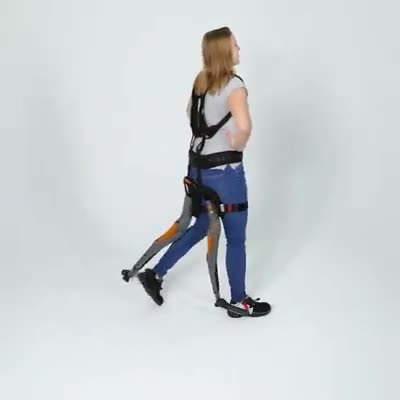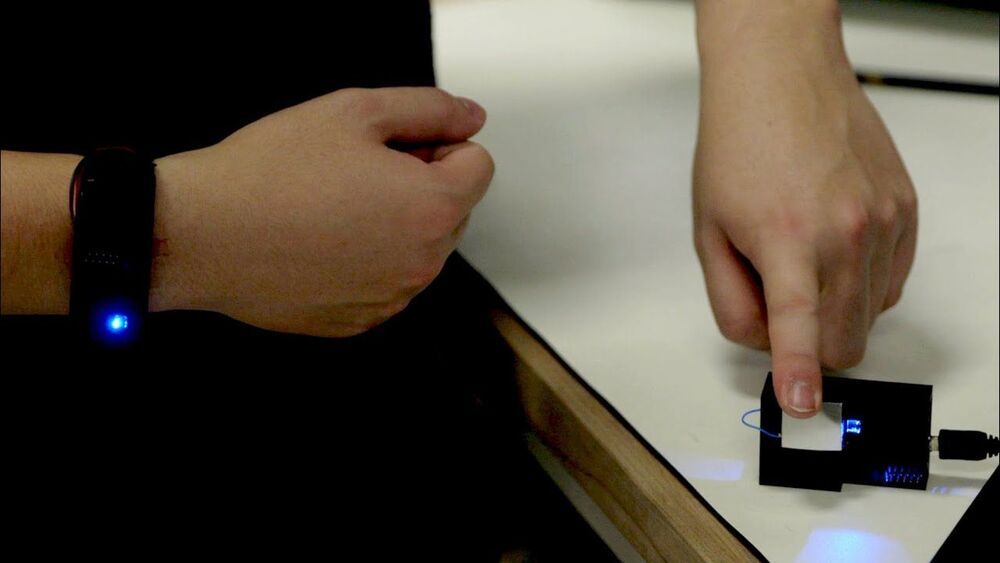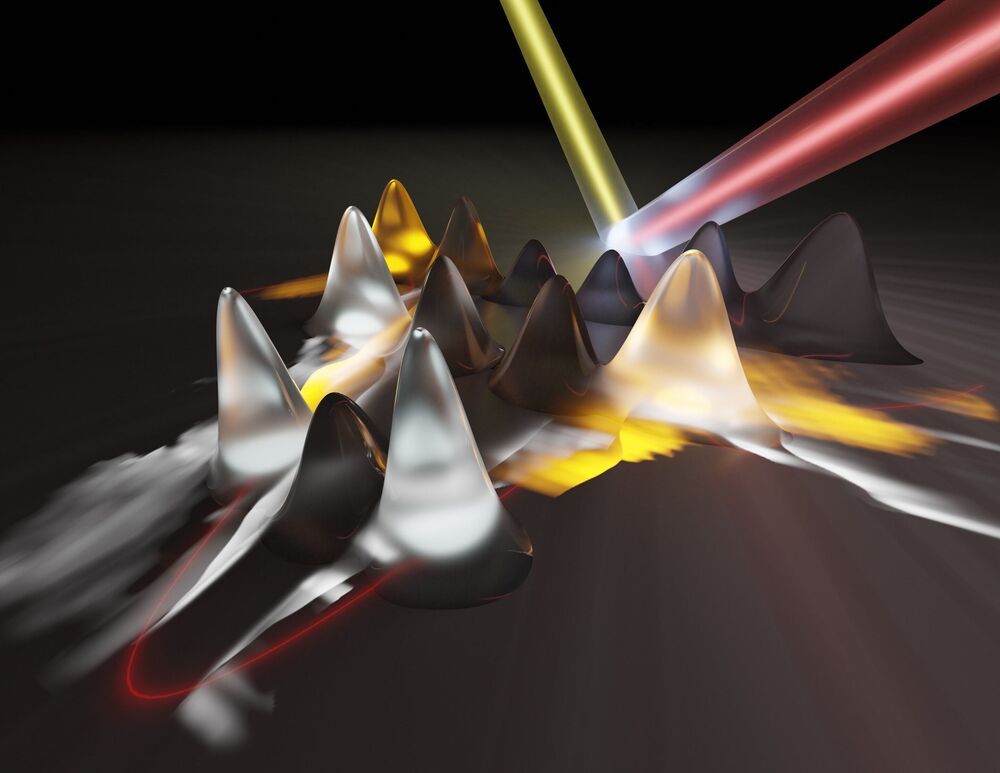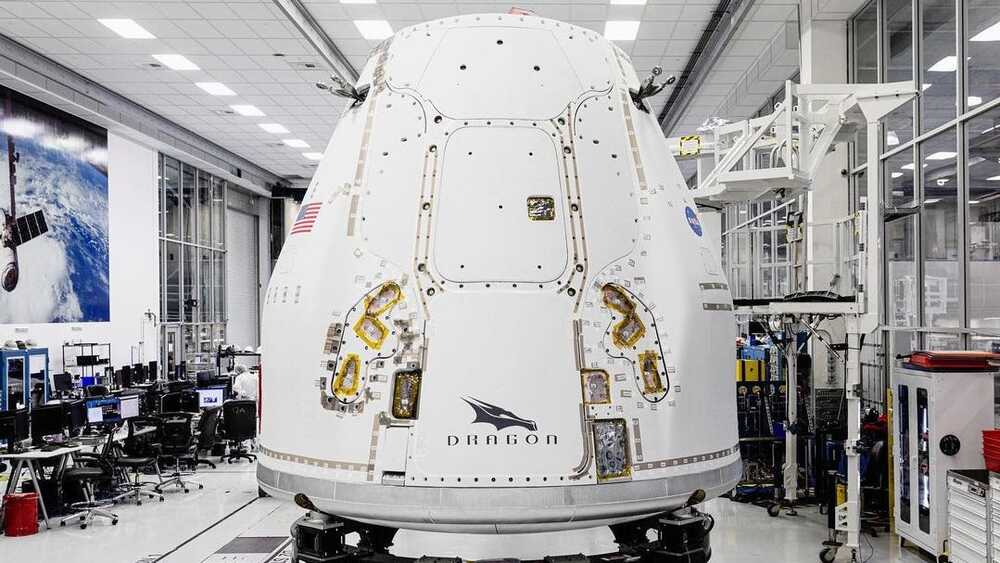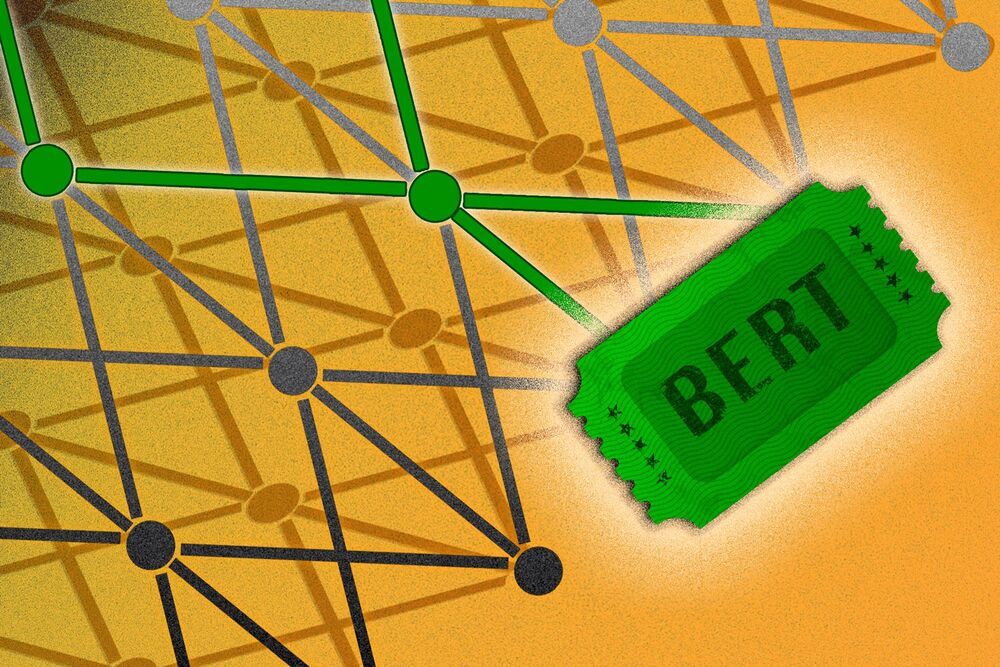A specialised quantum computer has achieved quantum supremacy, accomplishing in under 4 minutes what would take the biggest supercomputer 600 million years.
Why you need this chairless chair
Posted in engineering
Don’t worry about getting tired from standing up, this chairless chair has your back. 🧐
Instead of inserting a card or scanning a smartphone to make a payment, what if you could simply touch the machine with your finger?
A prototype developed by Purdue University engineers would essentially let your body act as the link between your card or smartphone and the reader or scanner, making it possible for you to transmit information just by touching a surface.
The prototype doesn’t transfer money yet, but it’s the first technology that can send any information through the direct touch of a fingertip. While wearing the prototype as a watch, a user’s body can be used to send information such as a photo or password when touching a sensor on a laptop, the researchers show in a new study.
A new tool that uses light to map out the electronic structures of crystals could reveal the capabilities of emerging quantum materials and pave the way for advanced energy technologies and quantum computers, according to researchers at the University of Michigan, University of Regensburg and University of Marburg.
A paper on the work is published in Science.
Applications include LED lights, solar cells and artificial photosynthesis.
Weather conditions at Kennedy Space Center will be iffy for SpaceX and NASA’s planned launch of a Cargo Dragon to the ISS, the Space Force said.
The hungriest of black holes are thought to gobble up so much surrounding material they put an end to the life of their host galaxy. This feasting process is so intense that it creates a highly energetic object called a quasar – one of the brightest objects in the universe – as the spinning matter is sucked into the black hole ’s belly. Now, researchers have found a galaxy that is surviving the black hole’s ravenous forces by continuing to birth new stars – about 100 Sun-sized stars a year.
The discovery from NASA ’s telescope on an airplane, the Stratospheric Observatory for Infrared Astronomy, can help explain how massive galaxies came to be, even though the universe today is dominated by galaxies that no longer form stars. The results are published in the Astrophysical Journal.
“This shows us that the growth of active black holes doesn’t stop star birth instantaneously, which goes against all the current scientific predictions,” said Allison Kirkpatrick, assistant professor at the University of Kansas in Lawrence Kansas and co-author on the study. “It’s causing us to re-think our theories on how galaxies evolve.”
Deep learning neural networks can be massive, demanding major computing power. In a test of the “lottery ticket hypothesis,” MIT researchers have found leaner, more efficient subnetworks hidden within BERT models. The discovery could make natural language processing more accessible.
Images from the Survey of the MAgellanic Stellar History (SMASH) reveal a striking family portrait of our galactic neighbors—the Large and Small Magellanic Clouds. The images represent a portion of the second data release from the deepest, most extensive survey of the Magellanic Clouds. The observations consist of roughly 4 billion measurements of 360 million objects.
A sprawling portrait of two astronomical galactic neighbors presents a new perspective on the swirls of stars, gas, and dust making up the nearby dwarf galaxies known as the Large and Small Magellanic Clouds—a pair of dwarf satellite galaxies to our Milky Way. While this isn’t the first survey to map these nearby cosmic siblings—the Survey of the MAgellanic Stellar History (SMASH) is the most extensive survey yet.
The international team of astronomers responsible for the observations used the 520-megapixel high-performance Dark Energy Camera (DECam) on the Víctor M. Blanco 4-meter Telescope at the Cerro Tololo Inter-American Observatory (CTIO) in Chile. These data are now available to astronomers worldwide through Astro Data Lab at NOIRLab’s Community Science and Data Center (CSDC). CTIO and CSDC are both Programs of NSF’s NOIRLab.
Elaborate water and irrigation systems, overlooked for decades by archaeologists, are getting their due.
Google’s deep-learning program for determining the 3D shapes of proteins stands to transform biology, say scientists.

